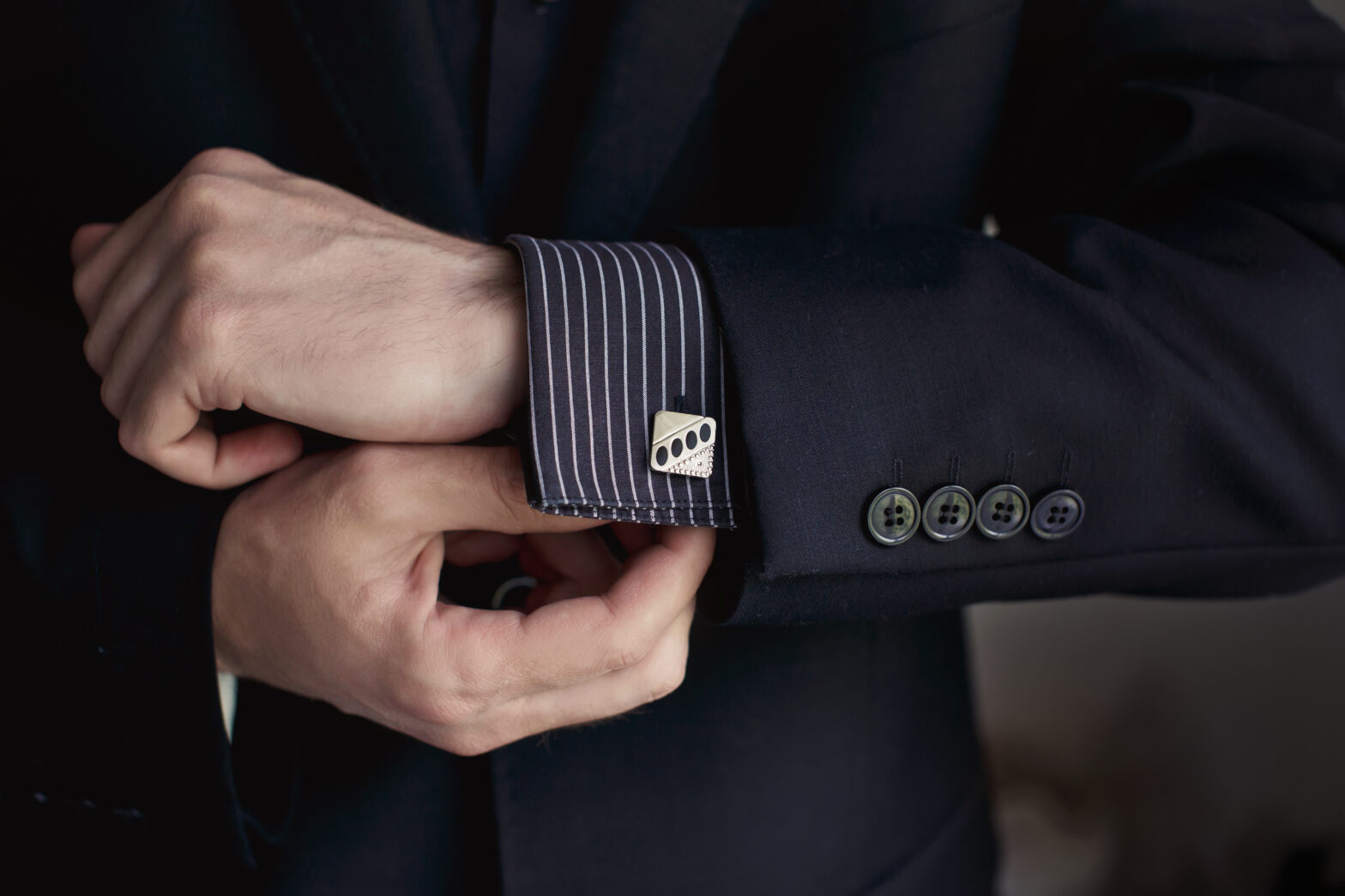Workplace dress codes have been a hot topic recently, particularly given the recent debacle around discriminatory dress codes for women. It’s clear that the working world is changing, and the office environment is longer restricted to suits for men and dresses and heels for women. But, it is very much dependent on the type of business you are operating, and the staff you hire. Below, I discuss how important dress codes are in the workplace in 2017 and how employees really feel about them.
Keeping it professional
Regardless of whether the office dress code is casual or formal, an employees’ appearance will likely have an impact on their professional presence. That said, some very successful companies tell a different story. The likes of Google and Facebook, for example, allow for employees to take a more lax approach to office wear, permitting staff to wear jeans, hooded tops and trainers.
For some candidates, such dress codes will be a huge pull factor, particularly millennial workers and Generation Z, who may favour a more informal workplace. For others, smarter, more traditional wear might be preferable. Thinking about the types of candidates you want to attract and adapting your dress code accordingly can ensure that the rules in place do not have a negative impact on hiring levels.
In our experience, implementing a smart dress code can help to improve staff productivity and maintain a professional working environment. Creating a balance by offering the option of ‘dress down Friday’ has become the norm, and can also be offered as a key benefit to potential recruits. This is something we have implemented at our company and it’s a great motivation for staff as the working week comes to a close.
Personal style
According to research conducted amongst our extensive candidate database, 13.7 per cent of UK professionals have been advised by a manager that their appearance is unacceptable for the workplace. It’s a sad reality that in today’s working world, we are all judged by our appearance, but this should not be restrictive, especially for women.
A place of work is a professional environment and interestingly, our research found that the majority of workers believe that employers should instate a strict dress code at work. But, it’s important to remember that this can be achieved without forcing employees to wear certain items, especially when it comes to women and high-heeled shoes.
Furthermore, our study finds that 13.1 per cent of workers believe that their appearance is holding them back in their careers, with 17 per cent admitting that they’ve felt uncomfortable when expressing personal style at work. While there will always be certain boundaries around what employees can and cannot wear at work, everybody should have the freedom to express themselves in their own way and employers must become more open minded when it comes to dress codes.
Going forward
Moving forward, it’s clear that many companies are starting to implement more relaxed dress codes, in a bid to keep up with trends, and move away from the traditional suit, tie and smart dress mode. Every workplace is different, and there is clearly a lot of disconnect when it comes to what businesses, employees and customers deem as appropriate. I believe that mixing it up is key, while also giving your staff a clear idea of what is acceptable and unacceptable at work. No one should feel is if they can’t express their own style, but there is a line to be drawn when it comes to keeping it professional.
Lee Biggins is founder and managing director of CV-Library.





